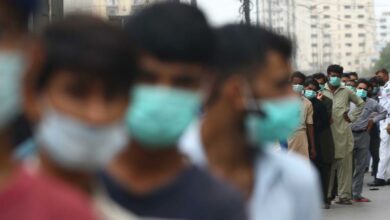Hospital de Germantown ofrece rehabilitación robótica para pacientes con derrame cerebrovascular

Germantown Hospital Offers Robotic Rehab for Stroke Patients
MEMPHIS, TN (LPL/WMC) — Los robots que ayudan a los pacientes con derrame cerebrovascular a recuperarse más rápido son ahora una realidad en el Medio Sur.
El martes, el Baptist Memorial Rehabilitation Hospital presentó su nueva tecnología de brazos biónicos.
Los estados del Medio Sur están justo en el medio del cinturón de los derrames. Si vive allí, tiene muchas más posibilidades de sufrir un derrame cerebral que en cualquier otro lugar de la nación.
El Baptist Memorial Rehabilitation Hospital en Germantown es ahora el primer y único hospital en el medio sur en usar el brazo InMotion de los laboratorios Bionik.
Es un sistema de rehabilitación robótica que ayuda a los sobrevivientes de accidentes cerebrovasculares a recuperar fuerza, control y coordinación.
Sin el robot, un paciente puede hacer 50 movimientos por hora. Con el brazo biónico, pueden hacer 600, 700 o más.
“El paciente ahora puede hacer hasta 1.000 movimientos”, dijo el Dr. Eric Dusseux, CEO de Bionik Laboratories. “Así que pasar de 50 movimientos por hora a 1.000, una frecuencia más alta de repetición simple ayuda a un paciente a curarse más rápido y mejor”.
English:
MEMPHIS, TN (WMC) — Robots helping stroke patients recover faster is now a reality in the Mid-South.
On Tuesday, Baptist Memorial Rehabilitation Hospital unveiled its new bionic arm technology.
Mid-South states are smack dab in the middle of the Stroke Belt. If you live there, you have a much higher chance of having a stroke than elsewhere in the nation.
Baptist Memorial Rehabilitation Hospital in Germantown is now the first and only hospital in the Mid-South to use the InMotion Arm from Bionik Laboratories.
It’s a robotic rehabilitation system that helps stroke survivors regain strength, control and coordination.
Without the robot, a patient may be able to do 50 movements an hour. With the bionic arm, they can do 600, 700 or more.
“The patient can now do up to 1,000 movements,” said Dr. Eric Dusseux, CEO of Bionik Laboratories. “So moving from 50 movements an hour to 1,000, that higher frequency of simple repetition, helps a patient heal faster and better.”





